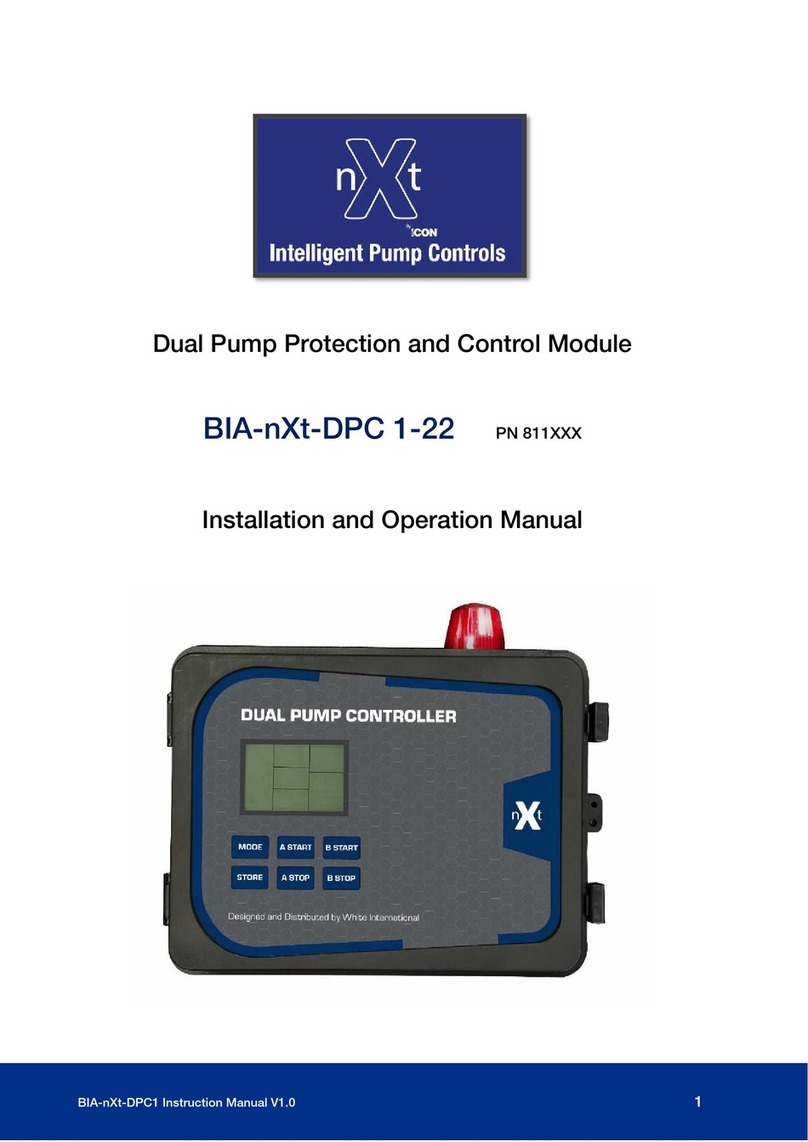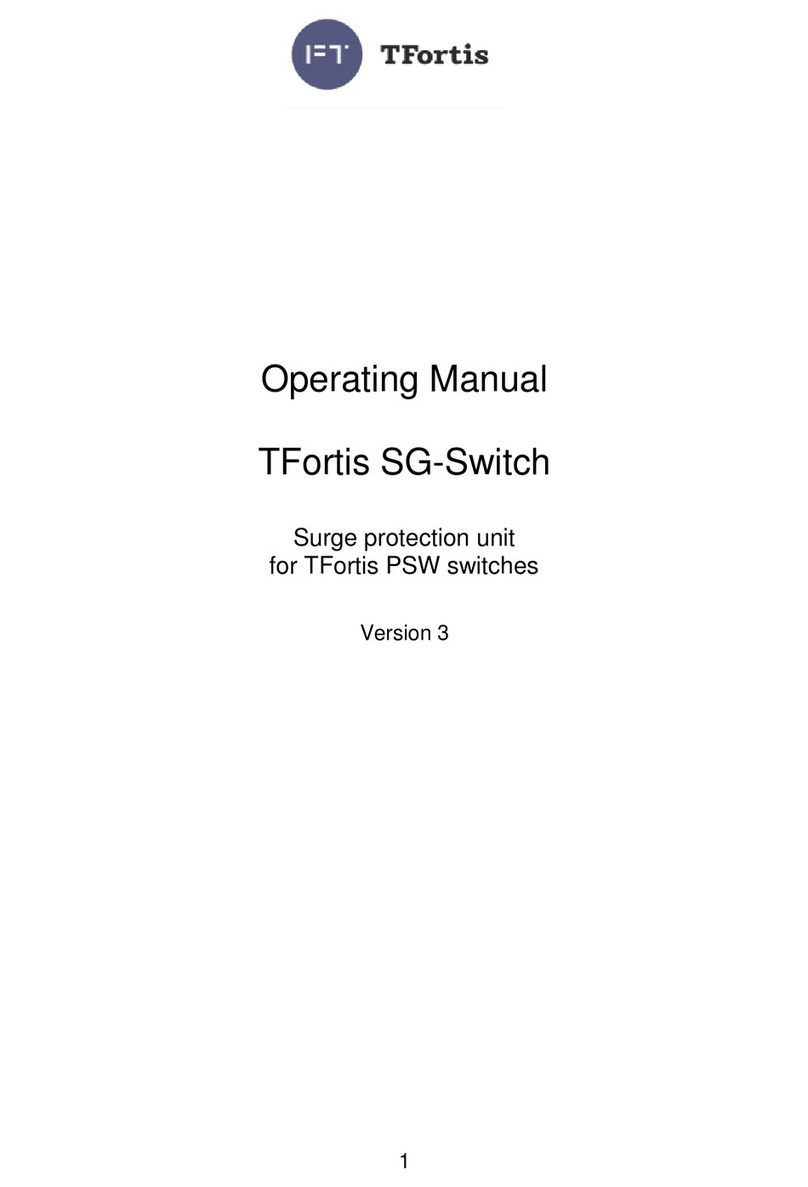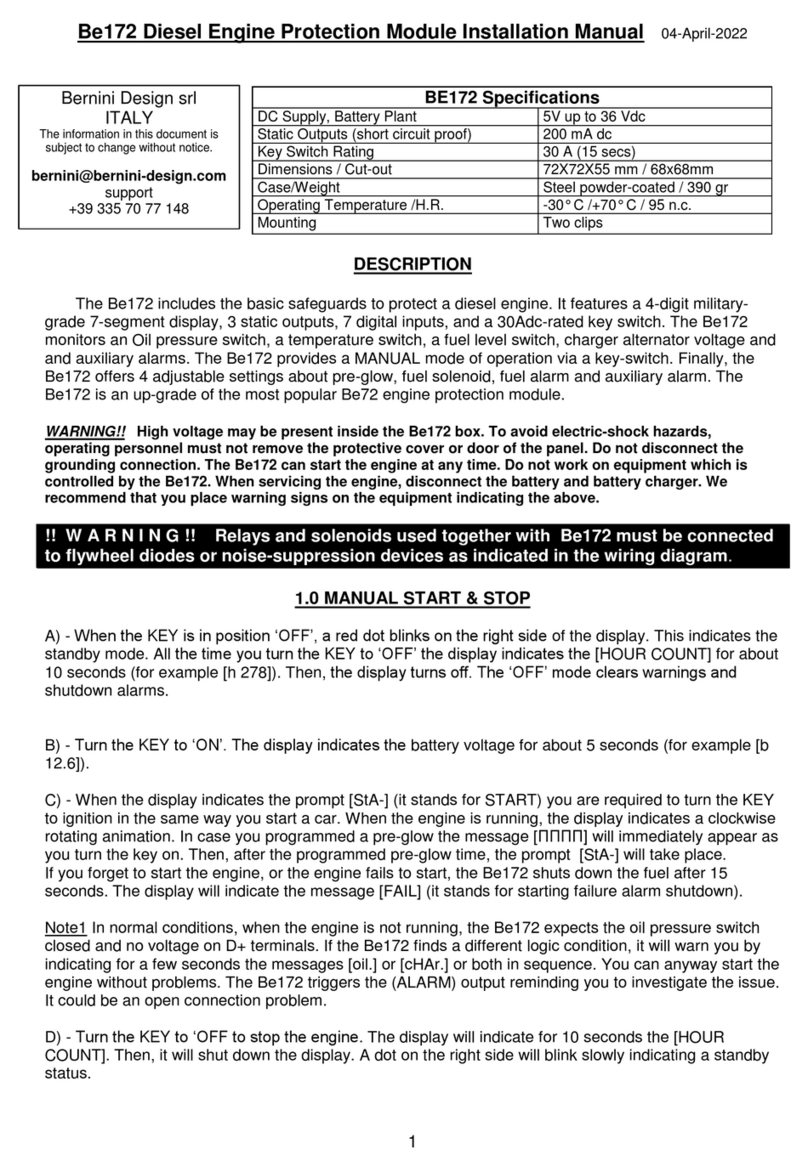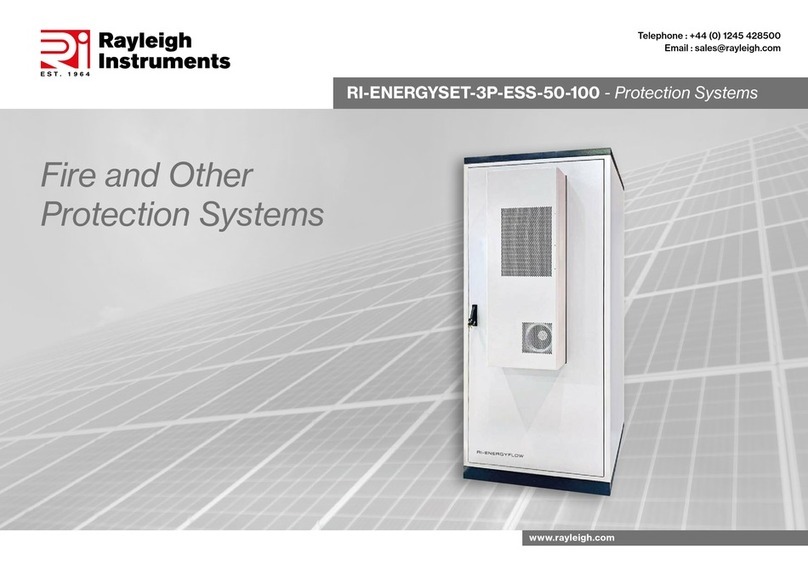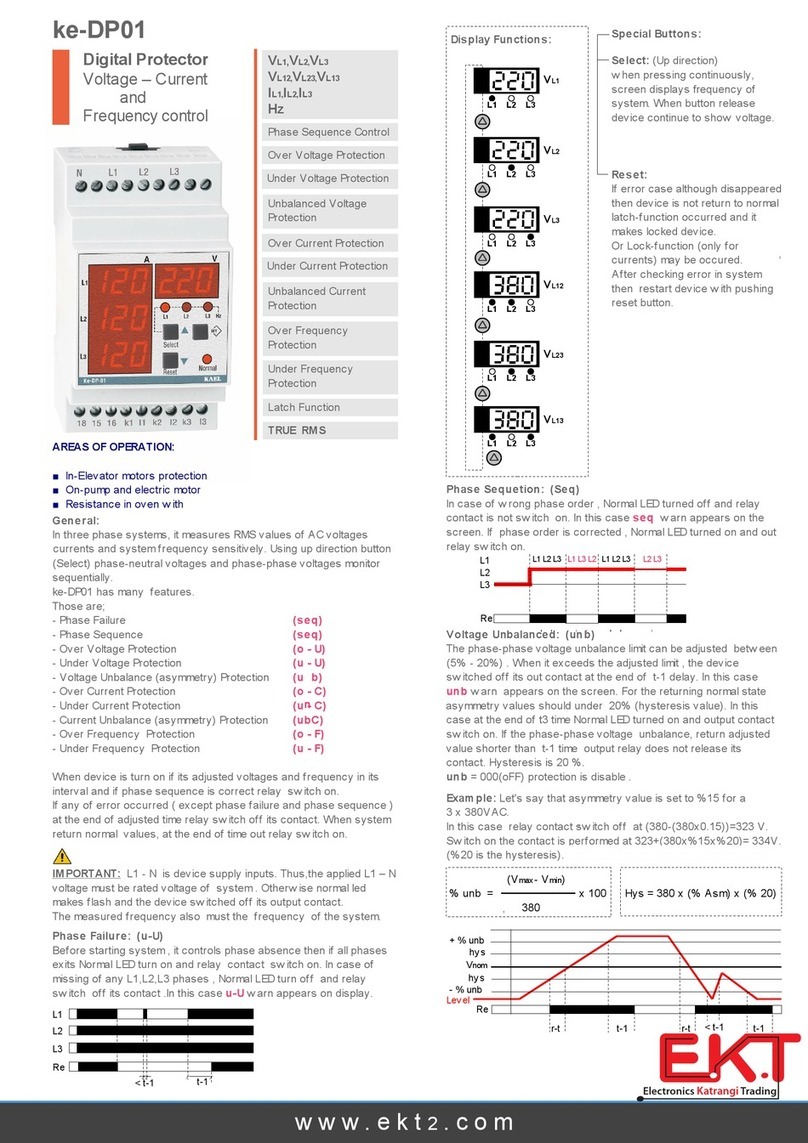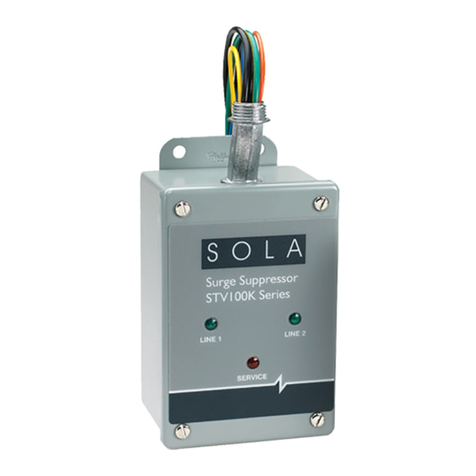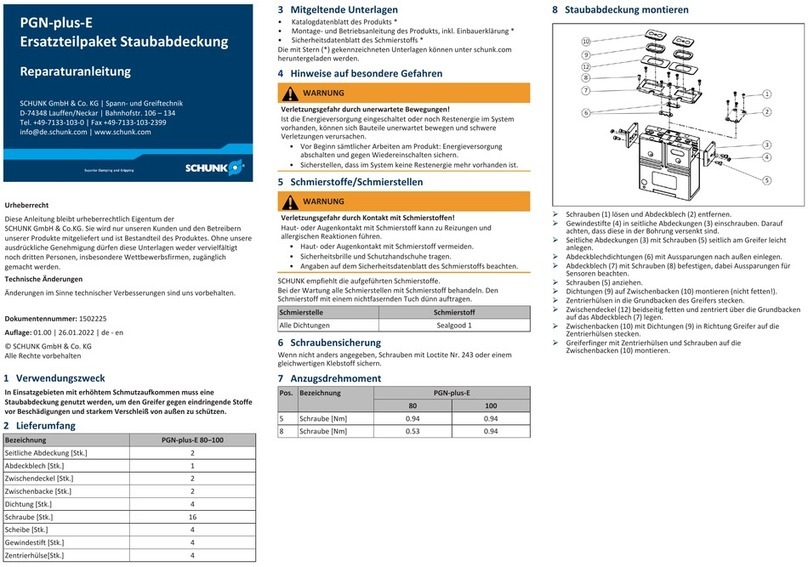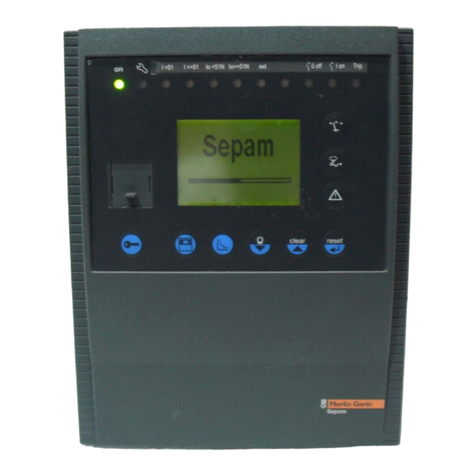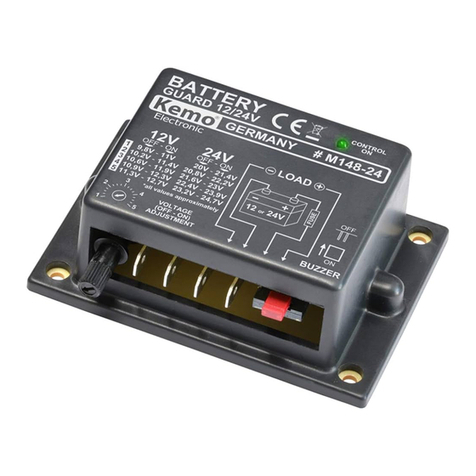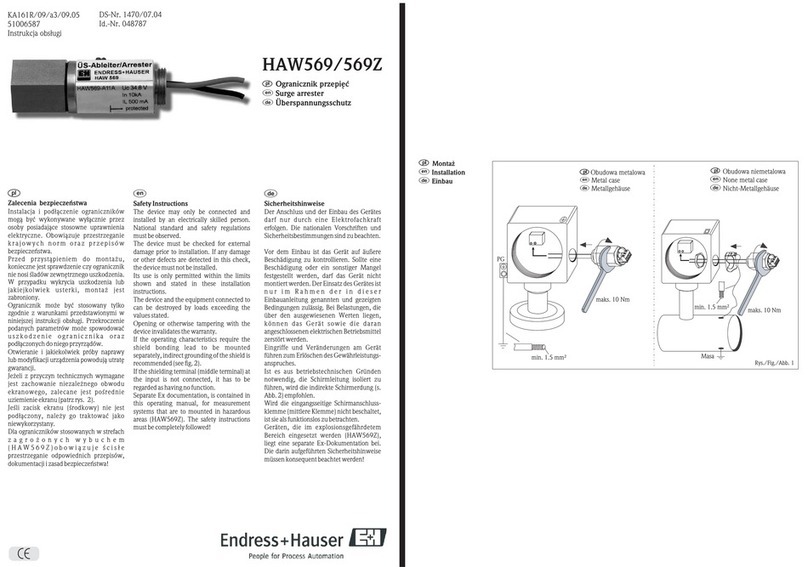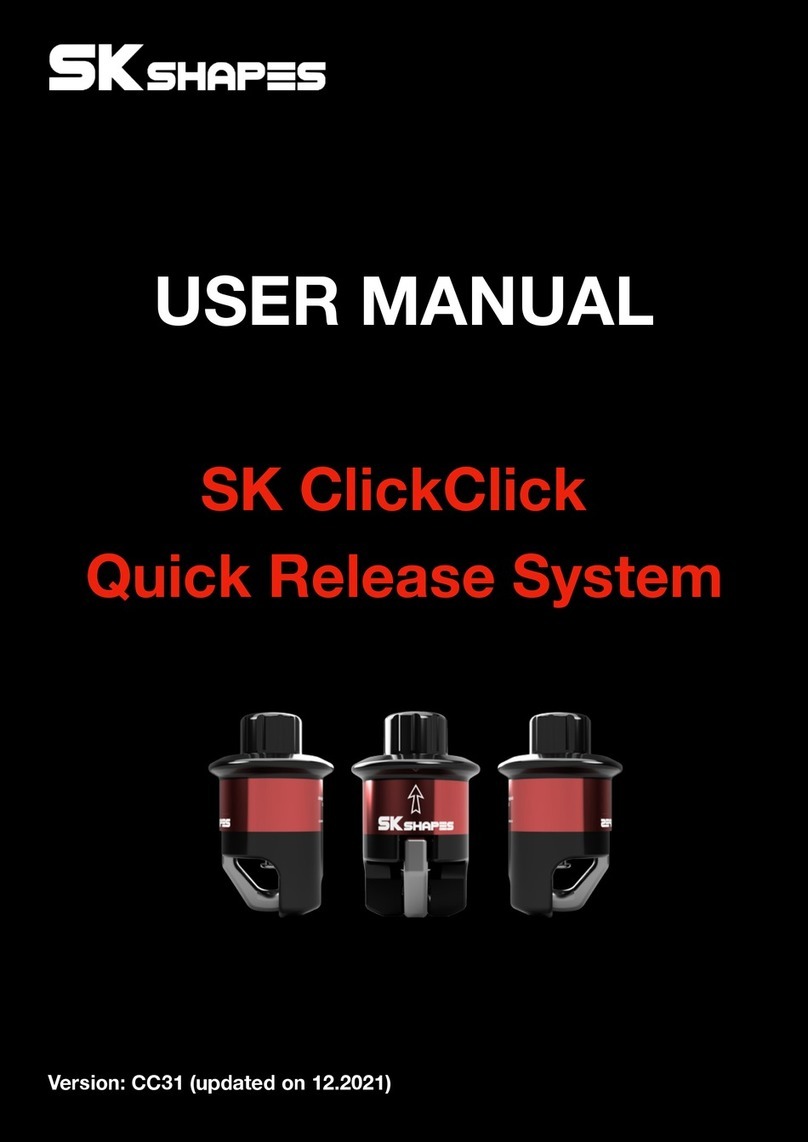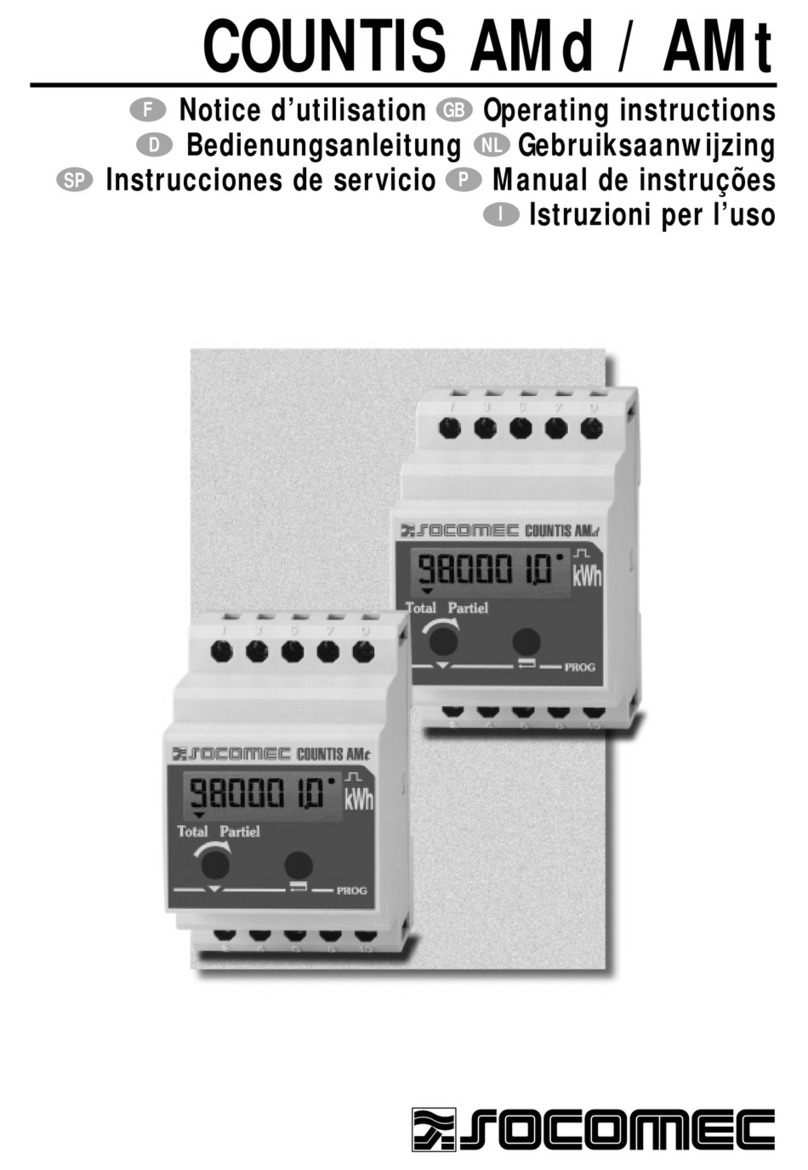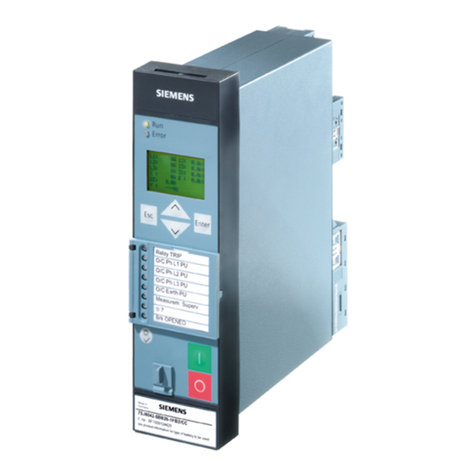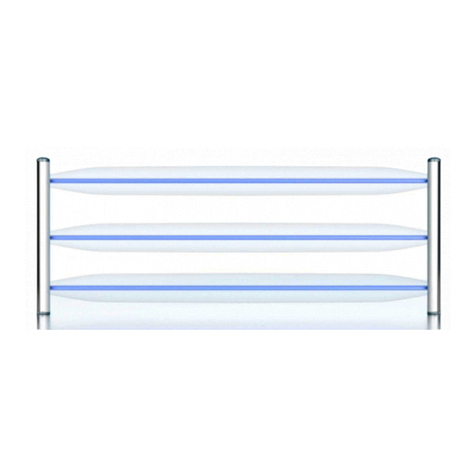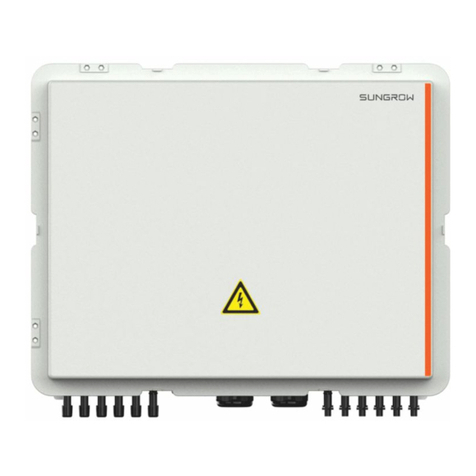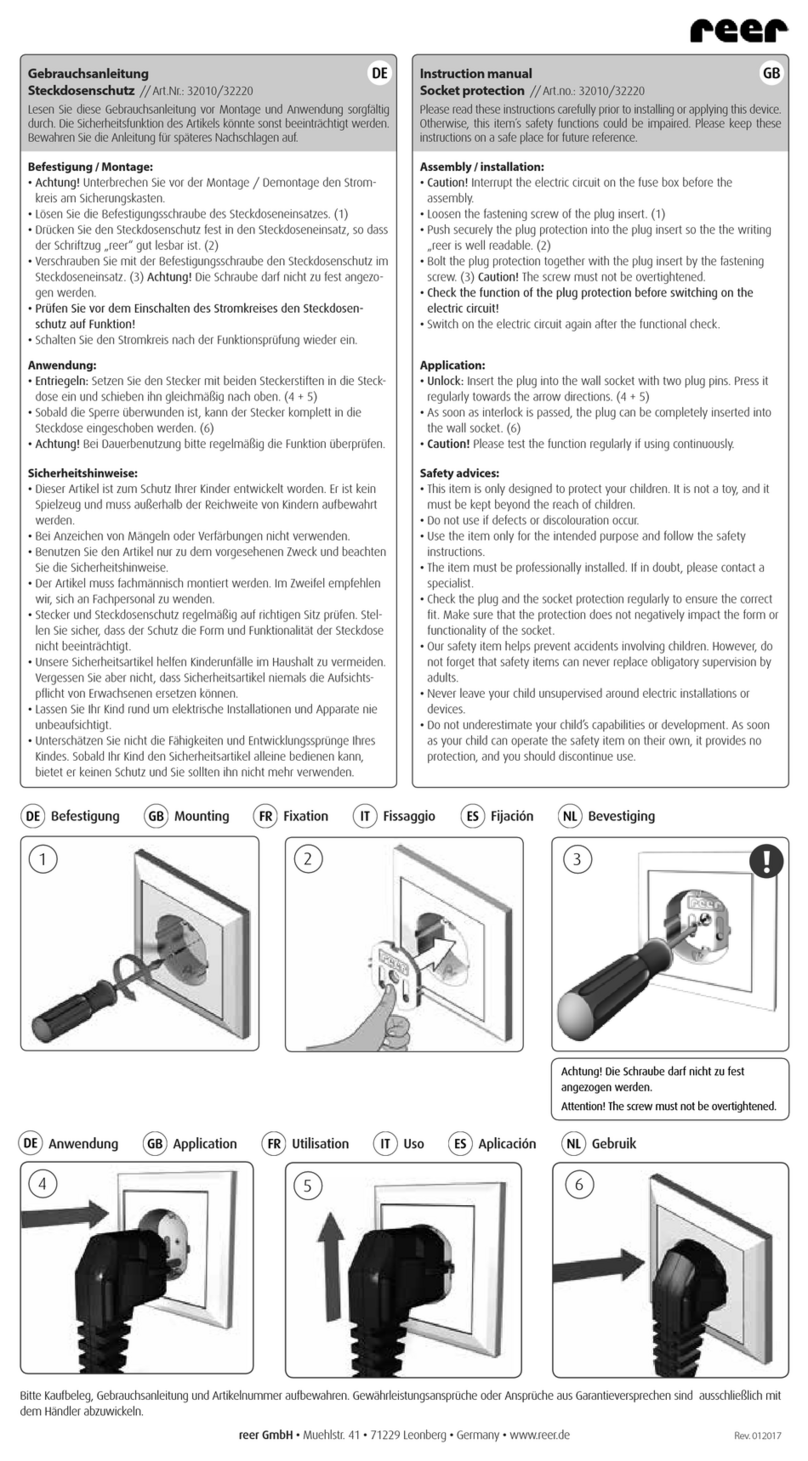Table of contents
02.00 | OPS | Assembly and Operating manual | en | 389668
3
Table of contents
1 General.................................................................................................................... 5
1.1 About this manual ................................................................................................ 5
1.1.1 Presentation of Warning Labels ...............................................................5
1.1.2 Definition of Terms...................................................................................6
1.1.3 Applicable documents ..............................................................................6
1.1.4 Sizes ..........................................................................................................6
1.2 Warranty .............................................................................................................. 6
1.3 Scope of delivery .................................................................................................. 7
1.3.1 Enclosed pack ...........................................................................................7
2 Basic safety notes ................................................................................................... 8
2.1 Intended use......................................................................................................... 8
2.2 Not intended use.................................................................................................. 8
2.3 Constructional changes ........................................................................................ 8
2.4 Spare parts ........................................................................................................... 8
2.5 Ambient conditions and operating conditions .....................................................9
2.6 Product safety ...................................................................................................... 9
2.6.1 Protective equipment...............................................................................9
2.6.2 Constructional changes, attachments, or modifications ..........................9
2.7 Personnel qualification....................................................................................... 10
2.8 Personal protective equipment.......................................................................... 11
2.9 Notes on safe operation .....................................................................................11
2.10 Transport ............................................................................................................ 12
2.11 Malfunctions....................................................................................................... 12
2.12 Disposal .............................................................................................................. 12
2.13 Notes on particular risks..................................................................................... 13
3 Technical Data ........................................................................................................14
4 Assembly ................................................................................................................15
4.1 Mechanical connection ...................................................................................... 15
4.2 Electrical connection .......................................................................................... 18
4.2.1 Sensor PNP-Version (standard) ..............................................................18
4.2.2 Sensor NPN-Version (special) .................................................................20
4.3 Air connections................................................................................................... 21
4.3.1 Module OPS 80-100................................................................................21
4.3.2 Module OPS 160-300..............................................................................21
4.3.3 Maximum operating pressure ................................................................21
4.4 How to dertermine the operating pressure ....................................................... 22
4.4.1 Calculation of the input air pressure (P).................................................22
